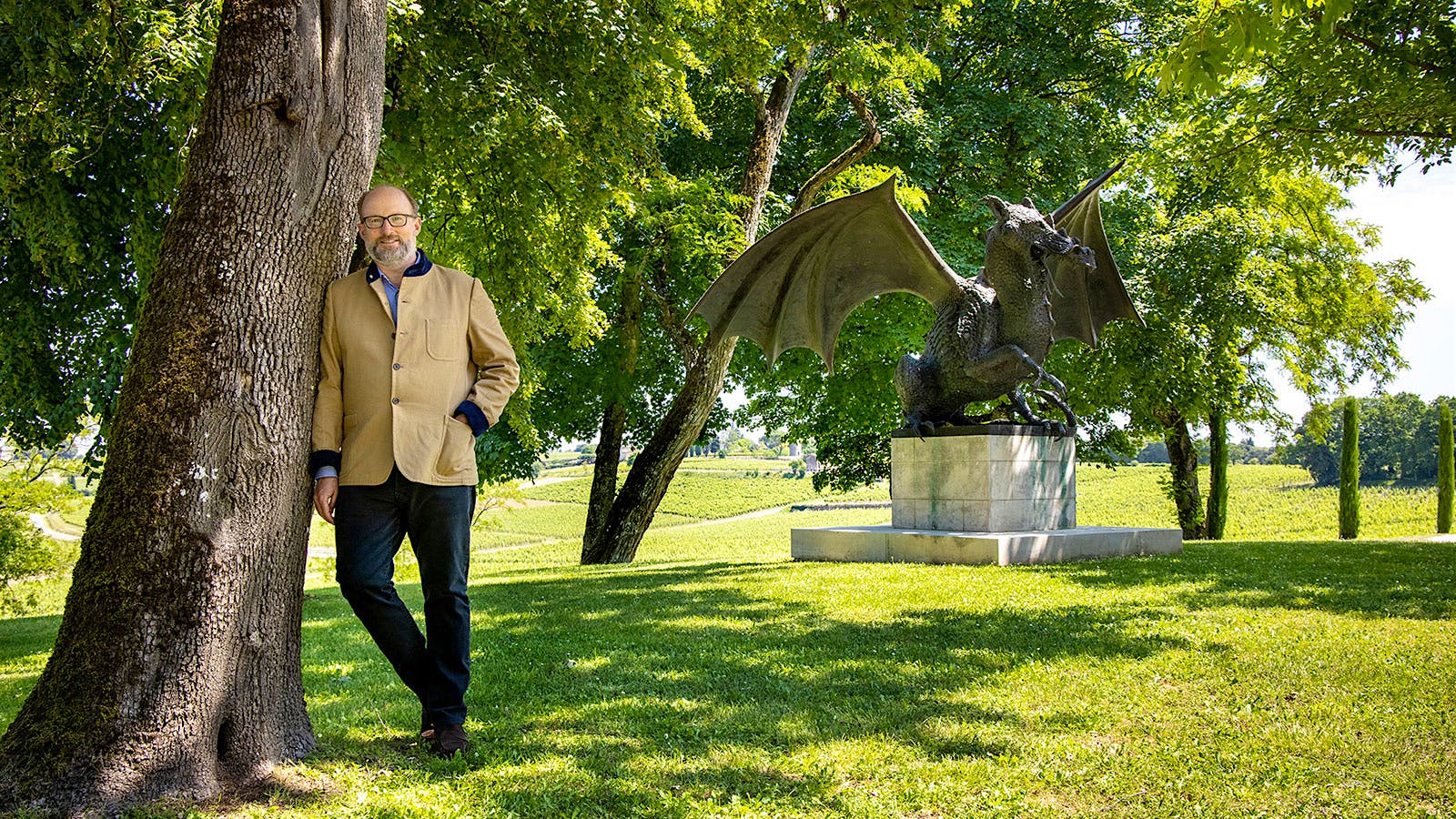Products You May Like
Domaine Clarence Dillon (DCD), the family firm that owns Château Haut-Brion and La Mission Haut-Brion, has acquired St.-Emilion Grand Cru Classé Château Grand-Pontet from the Pourquet-Bécot family for an undisclosed sum. Prince Robert de Luxembourg, DCD chairman, tells Wine Spectator that the property will be combined with Château Quintus, giving DCD one of St.-Emilion’s largest estates on prime terroir.
“We have long been looking for opportunities to add good vineyards to Quintus, de Luxembourg said. “We’ve been close on a few other properties and lost out at the last minute.” Adding the nearly 37 acres of Grand-Pontet to Quintus “would produce one of the largest of the great growths of St.-Emilion.”
Grand-Pontet’s vineyards are near Quintus, and de Luxembourg is convinced of their similarity to the Quintus terroir. He anticipates a harmonious integration. “It’s less than a kilometer from Quintus. Grand-Pontet is surrounded by parcels of other classified growths. It’s pretty much one big parcel, mainly north-facing, and historically hasn’t really changed.”
The family began their Right Bank project in 2011 when they purchased Château Tertre Daugay, renaming it Quintus. In 2013, they acquired their neighbor Château L’Arrosée and integrated the two properties. The DCD team plans to use the various Grand-Pontet plots to contribute to the four different wines already produced at Quintus. For the upcoming harvest, Quintus will also have a new technical director, Mariette Veyssiere, who has worked for DCD for five years.
Château Grand-Pontet was created in the early 20th century and classified in the 1955 ranking. In 1980, it came under the ownership of the Pourquet and Bécot families, managed by the same team as Château Beau-Séjour Bécot. Sylvie Pourquet-Bécot has run the estate since 2000.
While Château Beau-Séjour Bécot enjoys considerable fame, Grand-Pontet is something of a sleeper, producing around 4,000 cases a year, with some solid vintages like the 2010, which received 90 points from Wine Spectator senior editor James Molesworth.
De Luxembourg is confident of the terroir’s potential. “I’ve tasted the wines historically and in recent vintages and been quite impressed. The wines have been good. But they weren’t making the kind of selection we do. I think we can put the best parcels into Quintus,” he said.
Merging the estates is possible because Quintus quietly withdrew from the St.-Emilion classification with the addition of the L’Arrosée plots. The classification has restrictive regulations about adding new plots, even if they enjoy the same ranking in the appellation.
“The fact that we are not classified means even less now that Cheval-Blanc and Ausone have withdrawn,” said de Luxembourg. “But our long-term goal remains the same: to have an estate that’s recognized to be at the quality level of a classified growth A. It’s possible that we would try to return to the classification one day, but it won’t be this year. We’ll cross that bridge when we get there.”
Stay on top of important wine stories with Wine Spectator’s free Breaking News Alerts.
